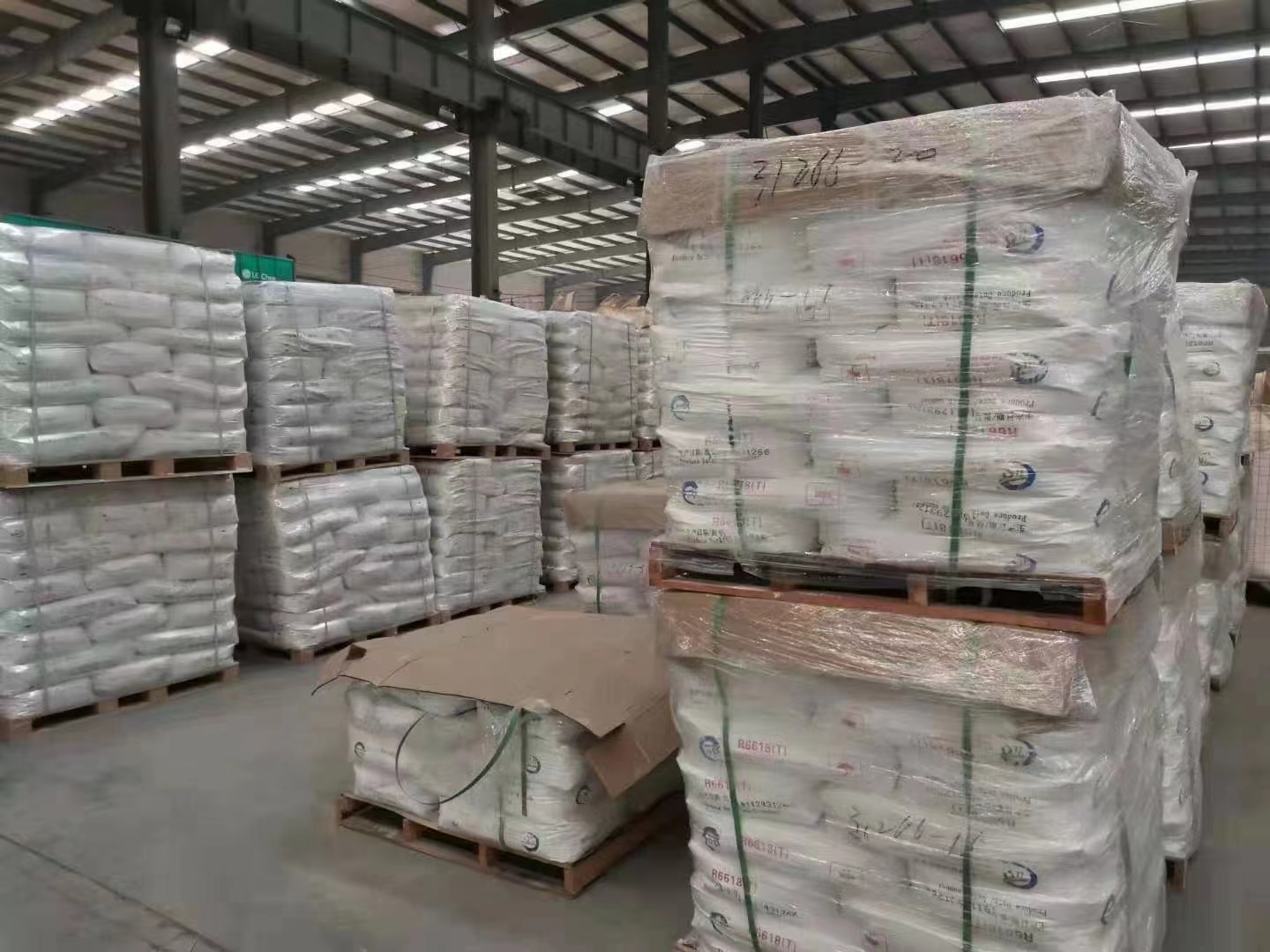
سبتمبر . 06, 2024 08:49 Back to list
Rutile vs Anatase
Comparing Rutile and Anatase Titanium Dioxide A Manufacturer's Perspective
Titanium dioxide (TiO2) is a versatile and widely used material in various industries, particularly in pigments, coatings, plastics, and pharmaceuticals. The mineral exists in two primary crystalline forms rutile and anatase. Understanding the differences between these two forms is crucial for manufacturers to select the appropriate type for their specific applications.
Rutile vs. Anatase Basic Properties
Rutile is the more stable form of titanium dioxide, typically characterized by its higher density and refractive index. It is often preferred in applications requiring superior lightfastness and durability. On the other hand, anatase has a lower density and refractive index but possesses unique properties that make it suitable for specific applications, such as photocatalysis and environmental remediation.
From a manufacturing perspective, rutile is generally favored for pigment production because of its excellent opacity and brightness. It is known to provide a more vibrant white color in coatings and plastics, making it the go-to choice for many paint manufacturers. Moreover, rutile tends to have superior weather resistance, making it ideal for outdoor applications.
Manufacturing Considerations
When manufacturers consider rutile and anatase, several factors come into play, including cost, performance, and application requirements. Rutile TiO2 can be more expensive to produce due to its stability and the higher quality of the ore required. Fortunately, its longevity and performance often justify the higher price tag in the long run.
rutile vs anatase manufacturer

In contrast, anatase is less costly and can be produced more readily, making it an attractive option for manufacturers looking to reduce costs. It is often used in lower-end applications or in products where high-performance characteristics are not as critical. For example, anatase is frequently found in products such as lower-grade paints, certain plastics, and as a catalyst in various chemical processes.
Applications of Rutile and Anatase
Both rutile and anatase have distinct applications that maximize their unique properties. Rutile TiO2 is predominantly used in high-performance coatings, plastics, and papers due to its high opacity and durability. It is also incorporated into cosmetic products and food packaging, ensuring effective UV protection.
Anatase, with its photocatalytic properties, is extensively used in environmental applications, such as in air and water purification systems. Its ability to break down organic pollutants under UV light makes it a desirable choice for manufacturers in the environmental technology sector. Additionally, anatase is often used in the production of sunscreens due to its effective UV-blocking capabilities.
Conclusion
In conclusion, the choice between rutile and anatase titanium dioxide is critical for manufacturers aiming to meet specific performance and cost requirements. Rutile's superior durability and pigmenting capability make it ideal for high-quality applications, while anatase's cost-effectiveness and unique photocatalytic properties serve distinct needs in various sectors. By carefully considering the advantages and applications of each form, manufacturers can enhance their product offerings and achieve greater success in their respective markets. Choosing the right form of TiO2 ultimately leads to improved product quality and customer satisfaction.
-
High Quality China Black Iron Oxide Powder Supplier Competitive Price & Fast Delivery
NewsJul.08,2025
-
High Quality Titanium Dioxide Used in Rubber – Trusted Supplier & Factory Price
NewsJul.08,2025
-
High Purity Barium Sulfate Particle Size - Wholesale Manufacturer from China
NewsJul.07,2025
-
Premium Titanium Dioxide Lomon R-996 Supplier – Quality & Wholesale Price from China
NewsJul.07,2025
-
Top Titanium Manufacturers in China - Quality Titanium Dioxide Supplier & Production Line Solutions
NewsJul.06,2025
-
OEM Titanium White Supplier & Factory – High Purity, Consistent Quality for Industrial Use
NewsJul.06,2025
